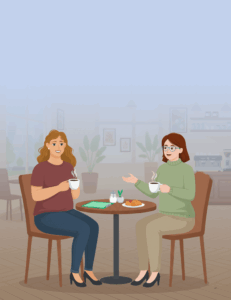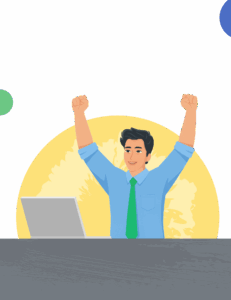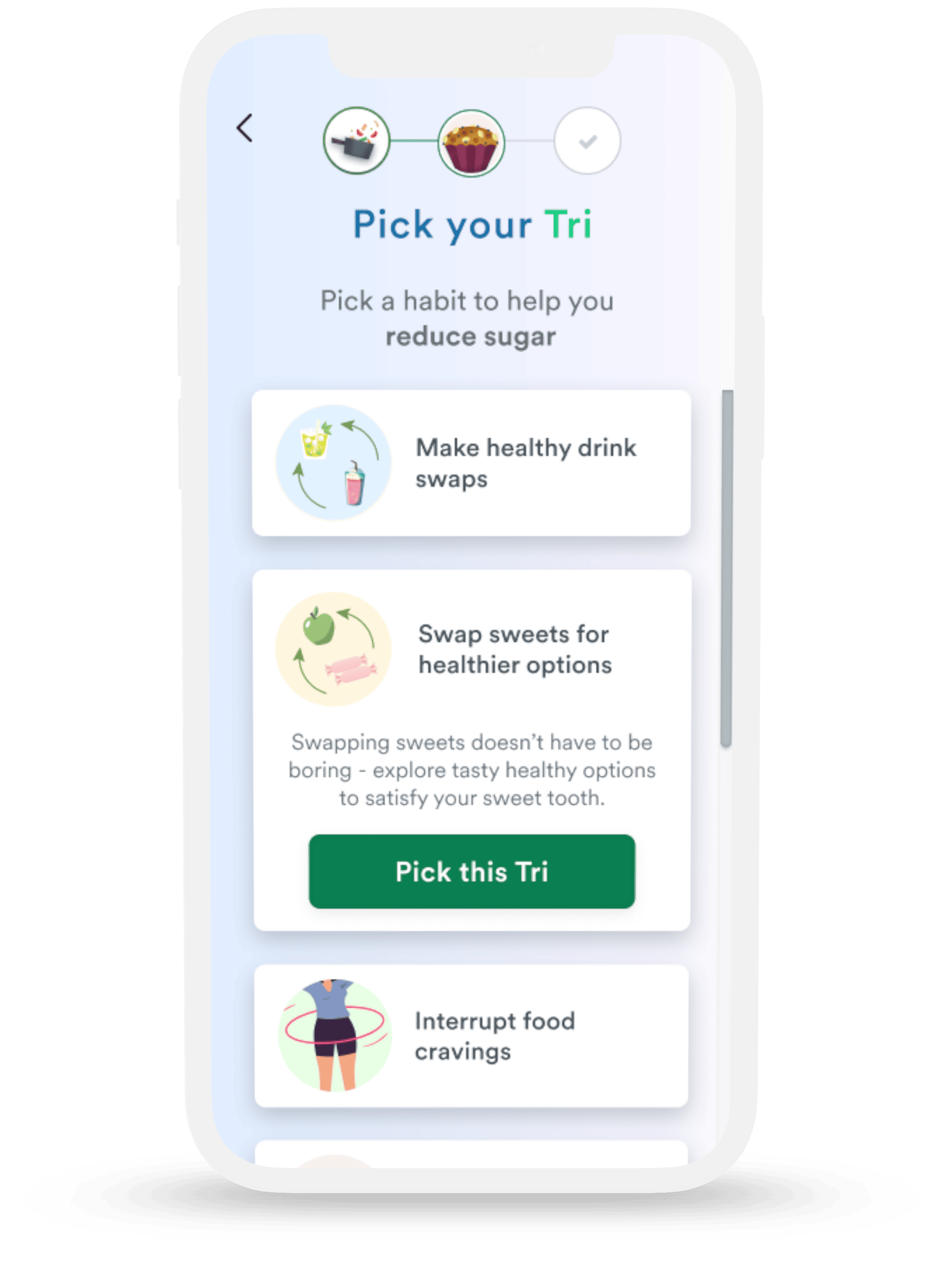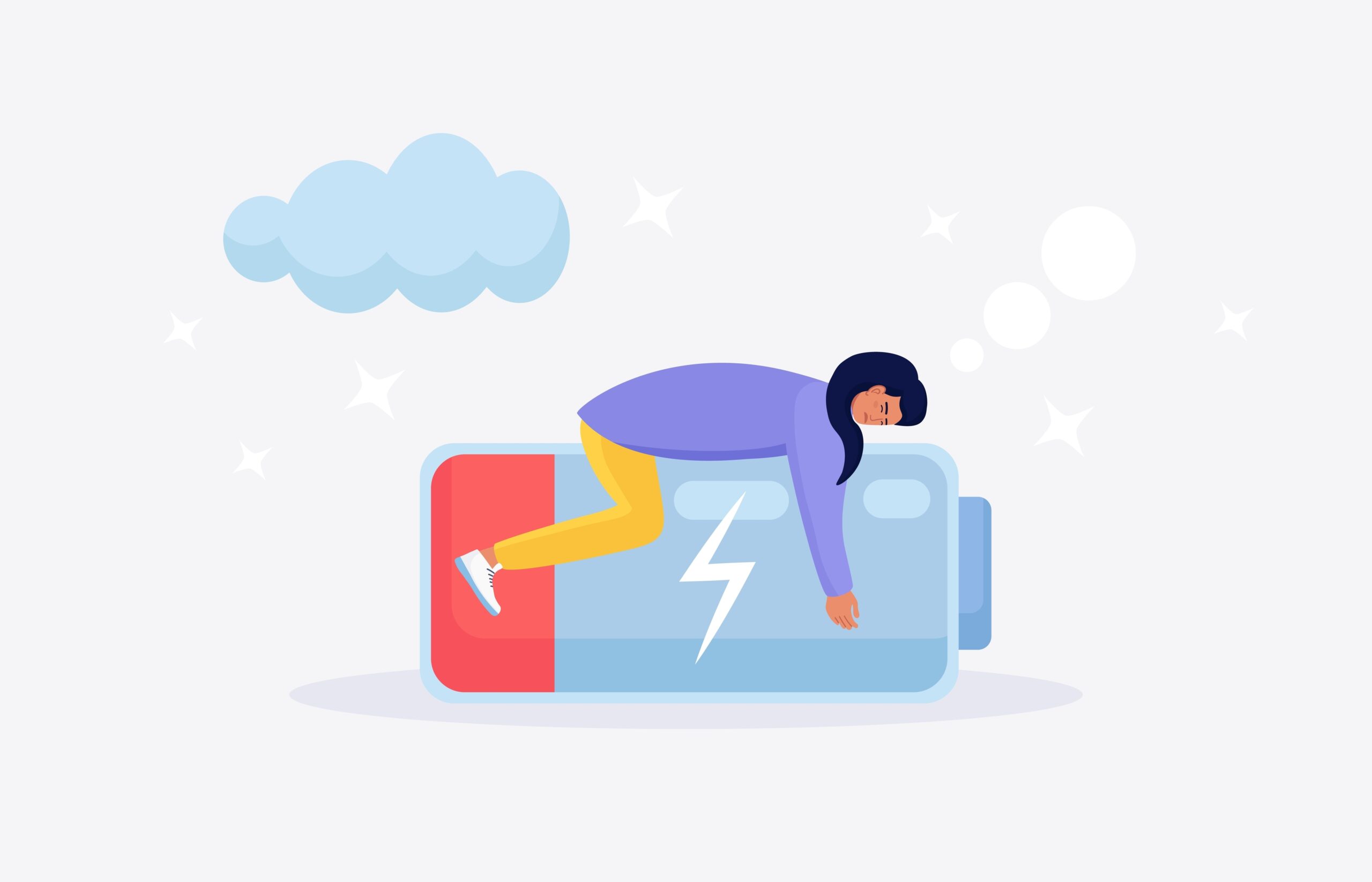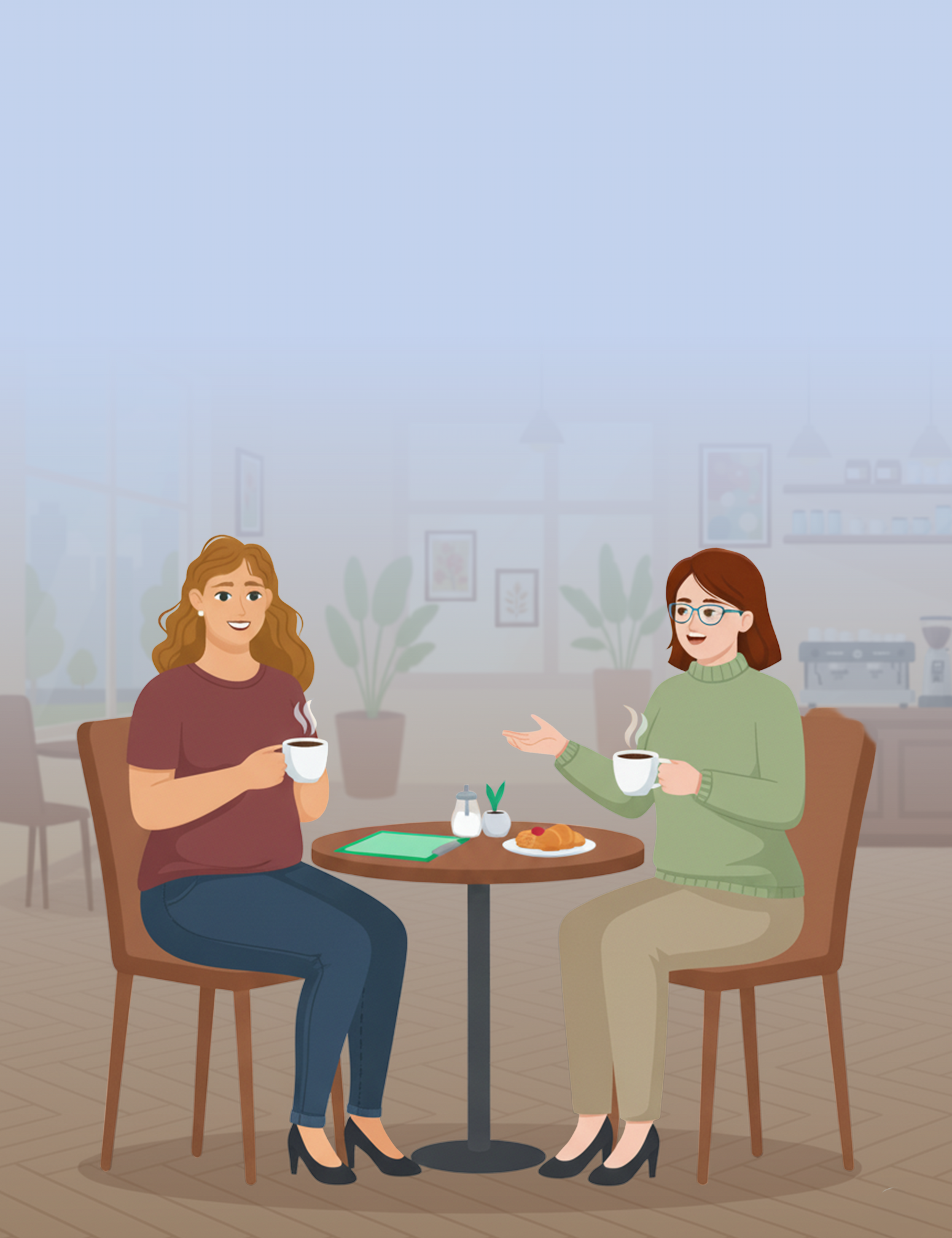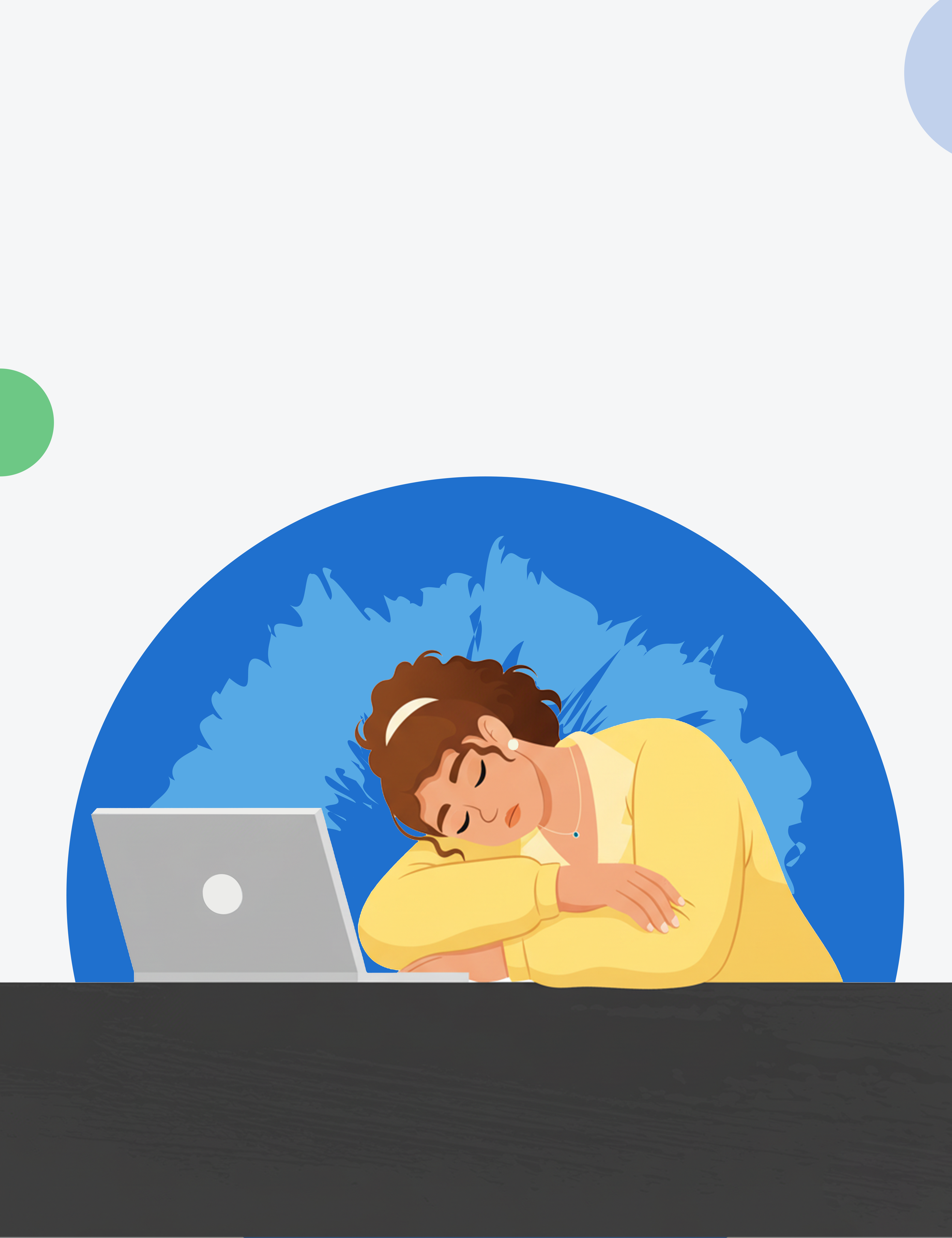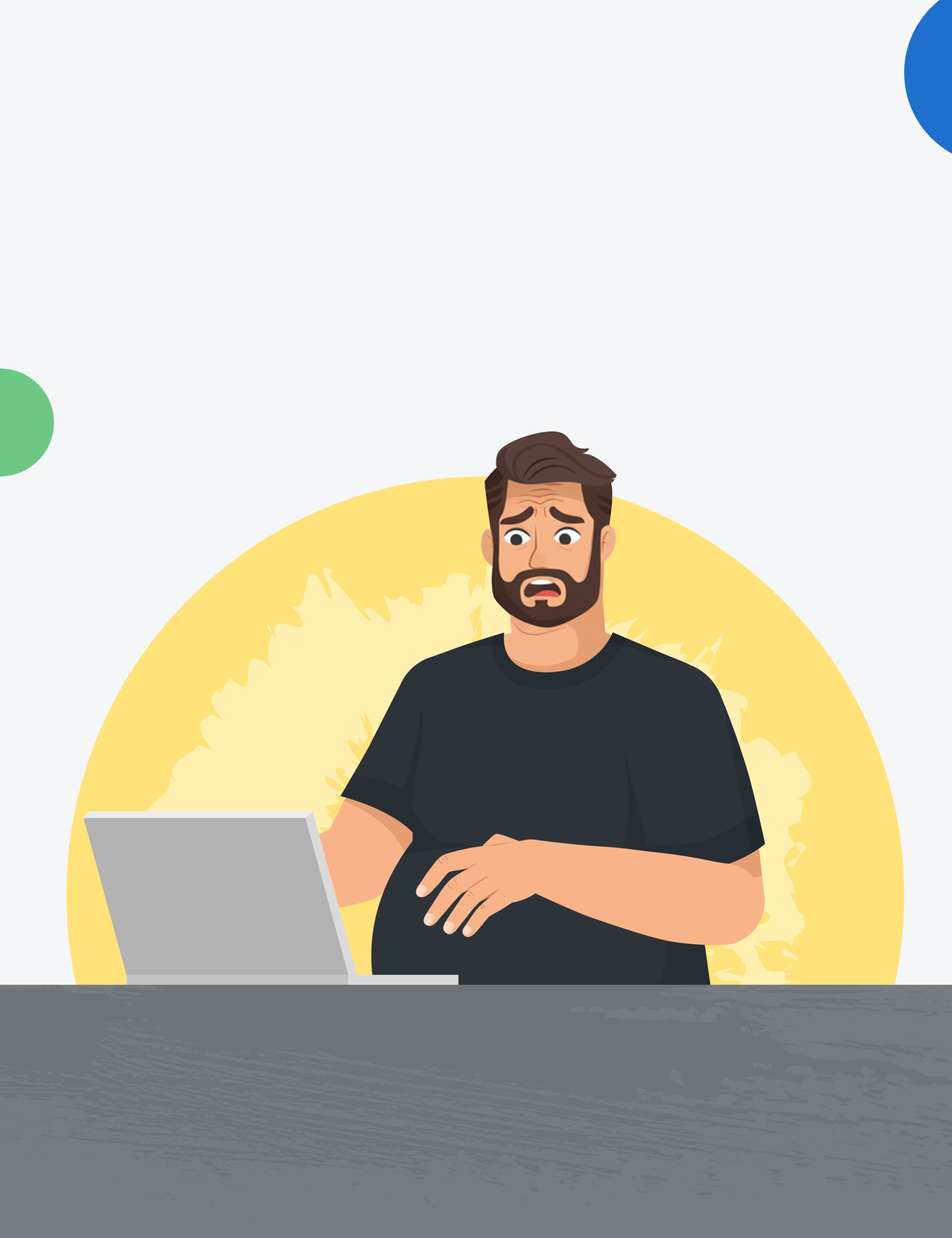In the modern world, stress has become a constant companion. During Stress Awareness Month, it’s the perfect time to explore tools that support mental and emotional well-being—without adding pressure or expectations.
One of the most powerful and proven tools for relieving stress is physical movement. For the best stress relief boost to movement you’ve probably never heard of, try practice instead of perfection. A practice removes the added stress of performance, becoming something you can iterate on, enjoy, and grow with.
Movement and the Mind-Body Connection
Moving your body isn’t just about exercise or improving appearance. It’s a form of self-care that impacts how you feel. When you move more, your brain releases endorphins—neurochemicals that naturally improve mood and reduce pain. These feel-good signals are your body’s way of supporting resilience, even during stressful times.
From a brain science perspective, regular movement also helps train your brain to handle stress more effectively. Each time you move your body, you’re helping your nervous system reset and regain balance.
Mental and Emotional Benefits of Movement
Here are a few ways movement supports your well-being—mentally, emotionally, and socially:
- Mood Booster – A 10-minute walk can spark joy and lift your spirits.
- Stress Manager – Movement turns on natural, healthy stress responses, helping you become resilient.
- Sleep Shepherd – Movement can lead to more restful sleep, better supporting mental health.
- Confidence Builder – Not because of how you look but because you’re showing up for yourself.
- Psychological Supporter – Movement has been shown to help manage symptoms of anxiety and depression
Find What Fits
Moving more isn’t about doing something a specific way. The best kind of physical activity is the one that feels good to you—and fits your life.
Try some of these practices to add movement to your day and then iterate or make tweeks to find what fits for you.
- 🏊 Low-Impact Movement – Think walking, swimming, or dancing for a gentle increase in heart rate and improved overall mood.
- 🧘 Mind-body Practices – Yoga, tai chi, or stretching can boost relaxation and mindfulness while improving mental and physical flexibility..
- 🏋️♀️ Strength or Resistance Training – These help release stress-relieving neurotransmitters, building resilient minds and bodies.
- 🤸 Play – Biking with friends, playing a game or sport, or trying something new—Joy and happiness drive these movements.
Remember: it’s not about tracking, measuring, or competing with yourself or others. It’s about exploring and discovering what movement supports you.
Listening to Your Body
You are the expert on your own body. If something doesn’t feel right, or if a certain type of movement feels more stressful than a energizing, honor that. The goal is to move in a way that improves things—not make things worse.
Also know: Sometimes rest is the most powerful movement you can choose.
Final Takeaways
During Stress Awareness Month and beyond, give yourself permission to move more—not because you have to, but because it might help you feel better. There’s no need to be perfect. You can simply practice and find your fit.
For new ways to move and practice removing stress, look to the Fresh Tri App. It’s free, full of practices that can support your wellness journey, and offers a supportive anonymous community to inspire and motivate your iterations. With Fresh Tri, there’s no fail. Only iteration.




